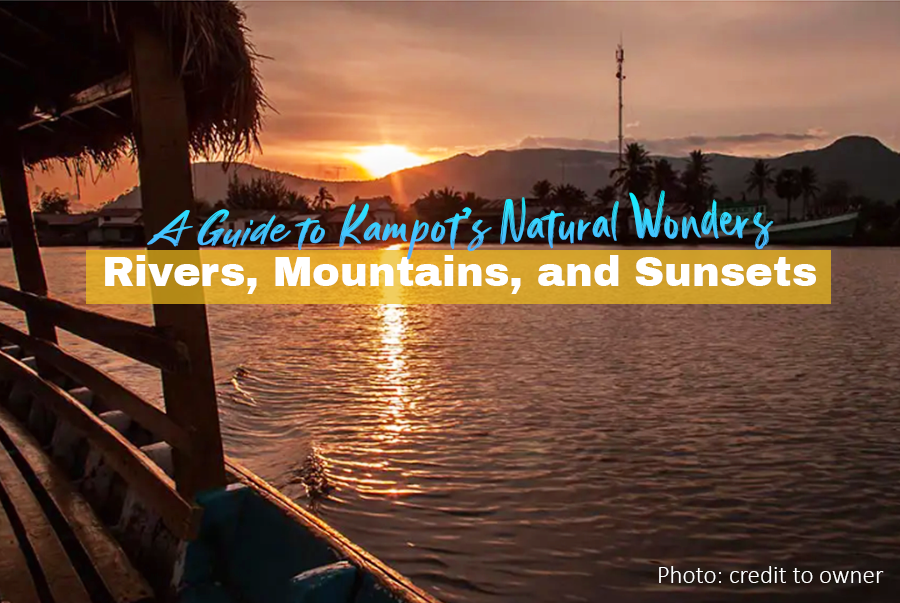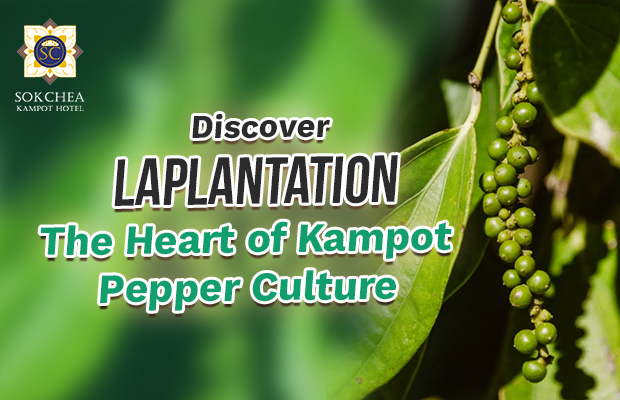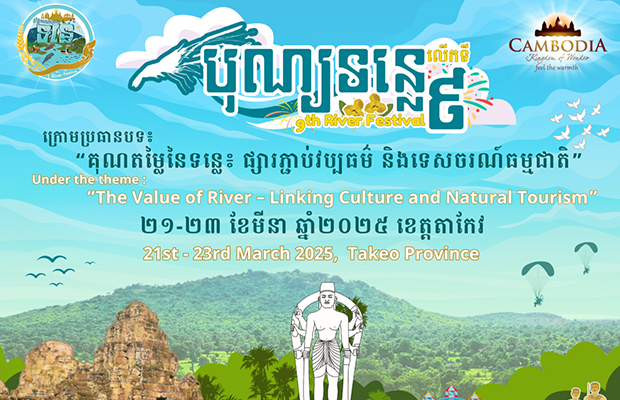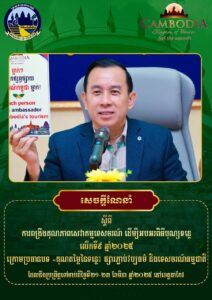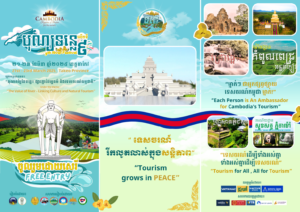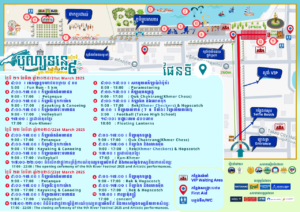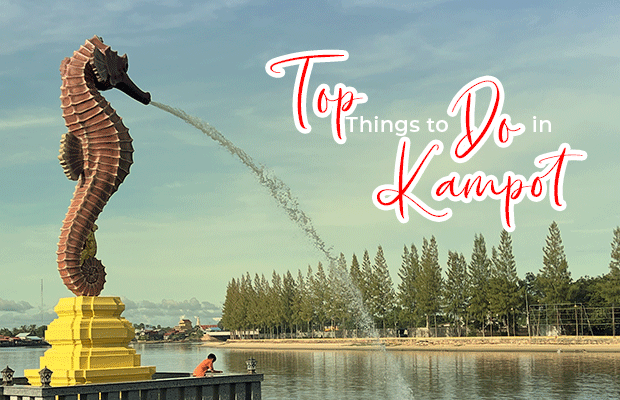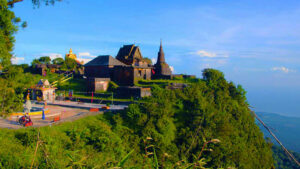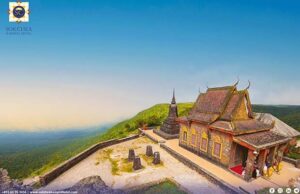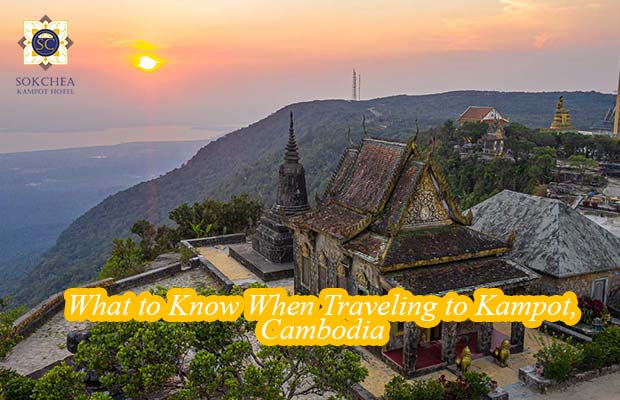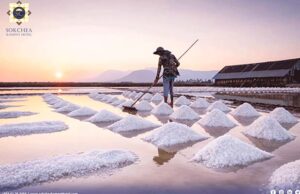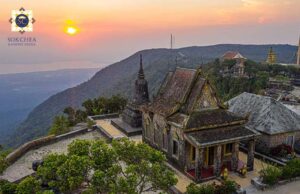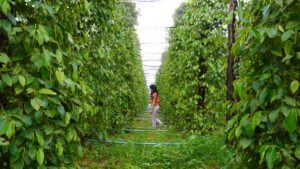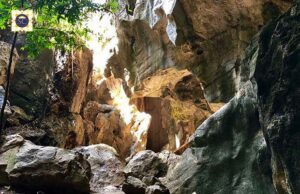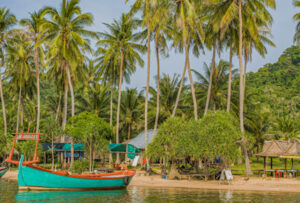Kampot, a charming riverside town in southern Cambodia, offers a blend of natural beauty, historical sites, and cultural experiences. Here are some things to do in Kampot:
- Explore Bokor National Park: Take a trip to Bokor Mountain, where you can explore the national park’s lush rainforest, visit the old French hill station, and see the abandoned buildings, including the Bokor Palace Hotel.
- Cruise along the Kampot River: Enjoy a leisurely boat cruise along the scenic Kampot River. You can take a sunset cruise or opt for a daytime excursion, which often includes stops at riverside villages and opportunities for swimming or kayaking.
- Visit Kampot Pepper Farms: Kampot is renowned for its high-quality pepper. Visit one of the local pepper farms to learn about the cultivation process and sample some of the world-famous Kampot pepper.
- Explore Kampot Town: Wander around Kampot’s picturesque streets lined with colonial-era buildings, boutique shops, and art galleries. Don’t miss the Old Market, where you can sample local snacks and shop for souvenirs.
- Take a Kampot Pepper Farm Tour: Go on a guided tour of one of the pepper farms in the area to learn about the cultivation process of Kampot pepper, which is renowned for its unique flavor and aroma.
- Visit Salt Fields: Take a trip to the nearby salt fields, where you can observe the traditional method of salt production and learn about the importance of salt in Cambodian cuisine and culture.
- Explore Kep: Kep, famous for its seafood and relaxed atmosphere, is just a short drive away from Kampot. Visit the Kep Crab Market, relax on the beach, or hike up to Kep National Park for panoramic views of the coastline.
- Try Water Sports: Rent a kayak or paddleboard and explore the serene waters of the Kampot River. You can also try your hand at windsurfing or kiteboarding if you’re feeling adventurous.
- Visit Phnom Chhnork Cave: Explore the ancient Phnom Chhnork Cave, which features a Hindu temple dating back to the 7th century. The cave is located a short drive from Kampot and offers stunning views of the surrounding countryside.
- Sample Local Cuisine: Don’t leave Kampot without trying some of the local delicacies, such as fish amok, crab with Kampot pepper, or grilled squid. There are plenty of restaurants and street food stalls where you can taste authentic Cambodian dishes.

